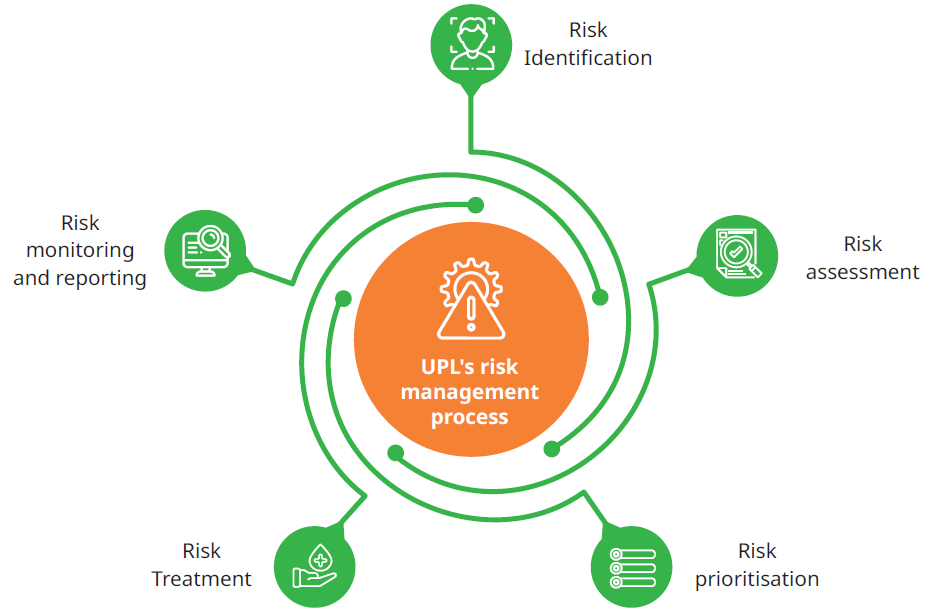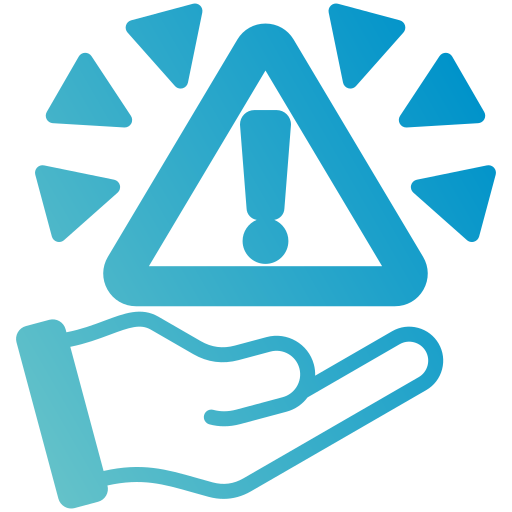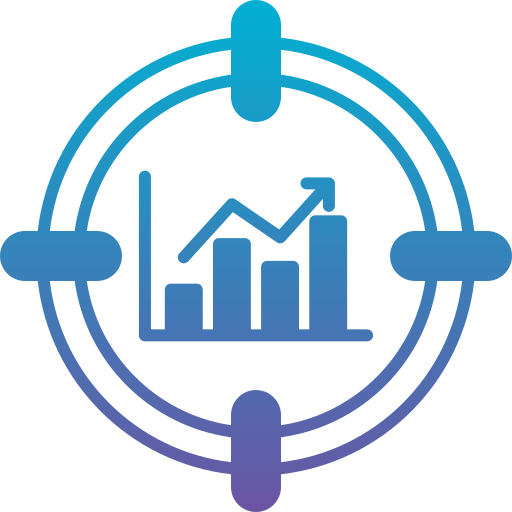Risk Management
Risk management is an essential aspect of UPL’s strategy and decision-making process. We identify assess and mitigate potential risks that could impact the achievement of our objectives. It helps us safeguard our assets, reputation, and financial stability. Effective risk management enables UPL to make informed and confident choices, anticipate potential challenges and seize growth opportunities. It also ensures compliance with regulations and enhances our stakeholder confidence.
Mitigating Risks Effectively
Given the inherent risks in the agrochemicals industry, UPL recognizes the crucial need for effective risk management as a core component of our strategy. As a global organization, we have identified a wide array of risks and implemented appropriate mitigation measures to ensure the seamless execution of our strategy. By doing so, we enhance our capacity to generate sustainable value for our stakeholders, while aligning with our vision to collaboratively build a resilient and sustainable global food system.
Risk Management Process
We at UPL have established a robust and integrated risk management system to consistently evaluate, assess, and monitor significant risks associated with our business activities. Our risk management process is aligned with our strategic objectives, considers emerging megatrends, incorporates input from internal and external stakeholders, and includes industry-specific analysis. This system adheres to internationally recognized risk management standards, such as ISO (International Organization for Standardization) and COSO (Committee of Sponsoring Organizations of the Treadway Commission).

Emerging Risks
UPL identifies risks including emerging risks in various categories, such as strategic, external, and preventable risks. It also monitors the health of risks in a proactive manner that provide early warning indicators to the relevant stakeholders. We take cognizance of risks faced by our key stakeholders and their cumulative impact while framing our risk responses. The Risk Register is revisited periodically to ensure that the risks remain relevant at any point in time and corresponding mitigation measures are effective. This provides a proactive and value adding review process which enables maintaining the risk profile at an acceptable level in a rapidly changing environment. UPL operates in a dynamic sector, thus it has a formal documented way of identifying, assessing, and reviewing emerging risks. It uses horizon scanning for early detection of emerging risk such as the implications of the recent geopolitical crisis and its effects associated therewith on UPL.
UPL’s Top Two Emerging Risks
Climatic Conditions/ Climate Change
- Risk Category: Environmental
Description:
- Weather patterns often vary, experiencing shifts
such as droughts, dry spells and floods.
Temperatures can fluctuate significantly, resulting in excessive snowfall and other extreme conditions.
-
Impact:
- Revenues
- Profitability
- Supply Chain distribution
- Insurance
- Talent and workforce availability
- Operational
Mitigating actions
A robust presence across significant agricultural
markets in Asia, Africa, Latin America, Europe, and North America helps mitigate reliance on any single country or region.
Agile and efficient supply chain capabilities enable
timely adjustments in product supplies as per the prevailing weather conditions.
Changes in market dynamics/ market and Industry
- Risk Category: Economic
Description:
- Forays into new markets
- Alterations in competitors’ marketing strategies
- Rise in competitive pressure
- Emergence of disruptive technologies and marketing practices such as genetically modified/hybrid seeds, digitisation, biotechnology, organic farming, and online sales of crop protection products
-
Impact:
- Revenues
- Profitability
- Market share
- Reputation
- Obsolescence
- Sustainability
Mitigating actions
- Diverse product portfolio catering to global customer requirements
- Extensive and broad customer base in each country
- Continuous engagement with farmers and customers to grasp evolving needs
- Continual collection of pertinent and reliable market intelligence
- Continuous investment in cutting-edge technologies
- Collaboration with proficient partners in emerging technologies














